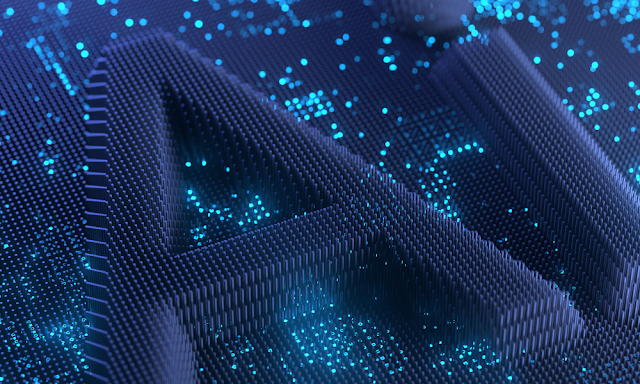What is Computer Vision? A Beginner’s Guide to AI-Powered Image Analysis
In the world of Artificial Intelligence (AI), computer vision stands out as one of the most fascinating and impactful technologies. It allows machines to “see” and understand the visual world, much like how humans use their eyes and brain to interpret images. Whether it’s unlocking your phone with facial recognition or helping self-driving cars navigate roads, computer vision is all around us.
What is Computer Vision?
Computer vision is a field of AI that enables computers and systems to derive meaningful information from digital images, videos, and other visual inputs. It then uses that data to make decisions or take actions. Think of it as teaching a computer to interpret and respond to the world visually.
This is made possible through machine learning and deep learning, which allow models to recognize patterns in vast amounts of data. These models are trained on thousands or even millions of images to learn how to identify objects, faces, gestures, and more.
How Does Computer Vision Work?
At its core, computer vision involves several key steps:
- Image Acquisition: The system captures an image or video using cameras or sensors.
- Preprocessing: The image is cleaned and enhanced to make analysis easier. This may include resizing, filtering, or adjusting brightness.
- Object Detection and Recognition: The system identifies what’s in the image, for example, detecting a cat, a human face, or a car.
- Interpretation and Action: Finally, the computer decides what to do with this information, like tagging a photo or alerting for a safety hazard.
Deep learning plays a major role in this process, especially through Convolutional Neural Networks (CNNs). CNNs are designed to process visual data and are excellent at tasks like image classification, face recognition, and object detection.
Real-World Applications of Computer Vision
Computer vision isn’t just a buzzword, it’s powering real solutions across industries:
- Healthcare: Analyzing X-rays and MRIs to detect diseases like cancer or pneumonia.
- Retail: Automatically tracking items on shelves or enabling checkout-free shopping.
- Agriculture: Monitoring crop health through drone imagery.
- Security: Facial recognition in surveillance systems.
- Automotive: Helping autonomous vehicles recognize traffic signs, pedestrians, and other vehicles.
Why is Computer Vision Important?
As cameras and image-capturing devices become more widespread, the ability to process and understand visual data becomes increasingly valuable. Computer vision enables automation, improves accuracy, and reduces the need for human oversight in many processes.
It’s also a crucial component in the development of AI-powered tools and apps, from augmented reality to smart home systems.
Final Thoughts
Computer vision is transforming how machines interact with the world. For beginners, it might seem complex at first, but its core idea is simple, enabling computers to see, understand, and act on visual data. As the technology evolves, we can expect even more innovative applications in our daily lives.
Whether you’re a student, tech enthusiast, or simply curious about AI, learning about computer vision is a great step into the fascinating world of artificial intelligence.
.jpg)


Comments
Post a Comment